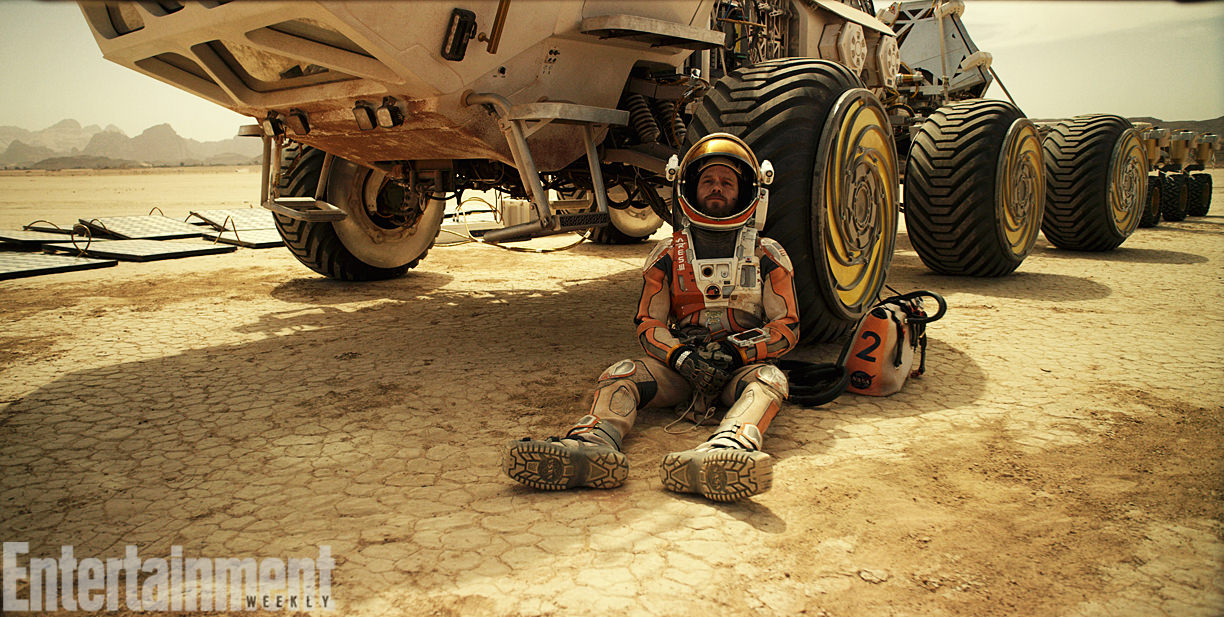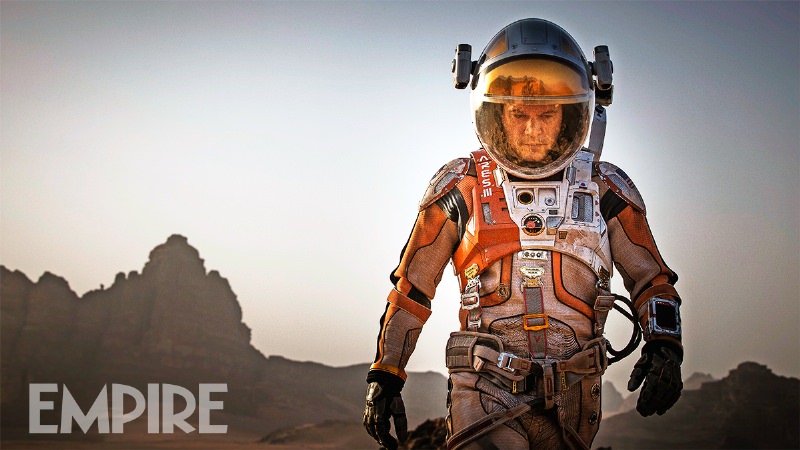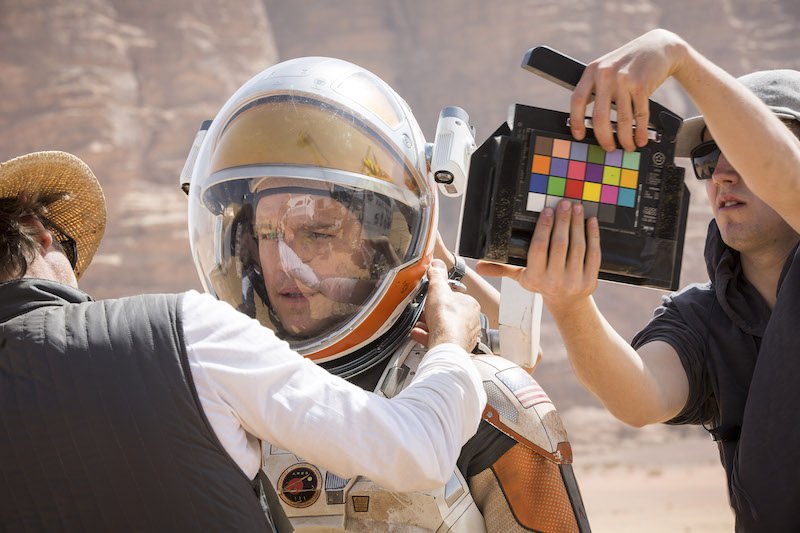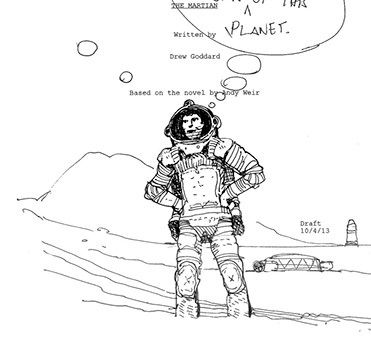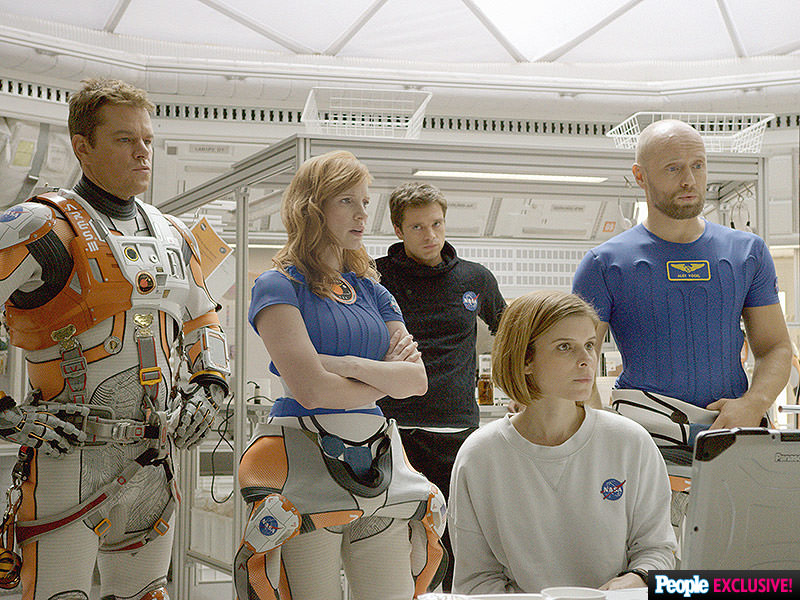Just how dangerous are the terrifying dust storms that swarm Mars?
Brave explorers trek across the red dunes of Mars when a dangerous dust storm blows in. In moments, our astronauts are blasted by gale force winds and driving sand, reducing visibility to zero. The brave heroes stumble desperately through the driving onslaught, searching in vain for shelter from the catastrophic conditions. One is blown into a ravine, or right to the edge of the cliff, requiring a dramatic rescue and likely a terrible terrible sacrifice and important parting words showing the true mettle of our heroes.
“Tell my Asuka… printed body pillow… I loved her…”
Will they make it? Why the heck would anyone land on that dusty irradiated death trap? Actually, a better question might be “Why do writers lean so hard on this trope?”. I’m looking at you Andy Weir.
Martian dust storms don’t just come from the fevered imagination of the same sci-fi writer who gave us a lush Venusian jungle, Saturnalian lava flats and Moon floor cheese. These dust storms are all too real and they drive at serious windspeeds.
NASA’s Viking landers clocked them at 100 km/h during dust storm season. Which is a thing on Mars. The landers sheltered enough from the big storms that they probably didn’t experience the greatest winds they’re capable of.
Scientists have seen evidence that sand is shifted around on the surface of Mars, and the regolith requires high wind speeds to pick it up and shove it around. Dust devils spin up across the surface, and rotate at hurricane speeds.
When the wind is above 65 km/h, it’s fast enough to pick up dust particles and carry them into the atmosphere encasing the planet in a huge, swirling, shroud. Freaked out yet? Is this dangerous? It sure sounds dangerous.
Apologies to all the fearmongering sci-fi writers, but actually, it’s not that dangerous. Here’s why.
First off, you’re not on Mars. It’s a book. Second, it’s a totally different experience on Earth. Here when you feel the wind blasting you in the face, or watch it dismantle a house during a tornado, it’s the momentum of the air particles hammering into it.
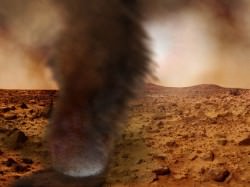
That momentum comes from air particle density and their velocity. Sadly, the density of the atmosphere on Mars is a delicate 1% of what we’re used to. It’s got the velocity, but it just doesn’t have the density.
It’s the difference between getting hit by a garden hose and a firehose with the same nozzle speed. One would gets you soaked, the other can push you down the street and give you bruises.
To feel a slight breeze on Mars similar to Earth, you multiply the wind speed by 10. So, if the wind was going about 15 km/h here, you’d need to be hit by winds going about 150 km/h there to have the same experience.
It’s not impossible for winds to go that fast on Mars, but that’s still not enough wind to fly a kite. To get it off the ground your mission buddy holds the kite, and you run around in the dumb Martian sand like a try-hard ass.
It would fly for a second and then crash down. You’d wonder why you even brought a kite to Mars in the first place because it’s NEVER windy enough.
Boo hoo. Your Mars kite doesn’t work. Good news! You’re on Mars!
Bad news. It was a one way trip. Good news! A wizard has made you immortal!
Bad news. The wizard has brought to life the entire fictional cast of the Twilight series and they’re also there and immortal. Have fun brooding with your new dorky friends, FOR ETERNITY.
What I’m saying is you could stand on the red planet restaurant patio and laugh at anything the weather system could throw at you. That is unless, you’re solar powered.
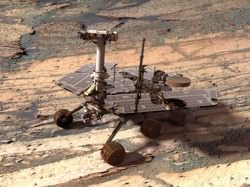
Mars gets regular dust storms. From time to time, they can get truly global. In 2001, a storm picked up enough dust to shroud the entire planet in a red haze. Temperatures went up as dust helped trap heat in the atmosphere. This storm lasted for 3 months before temperatures cooled, and the dust settled back down again.
During a storm in 2007, dust blocked 99% of the light reaching the solar panels of the Opportunity rover. This severely decreased the energy it had to power its instruments, and most importantly, the heaters. Ultimately, it was possible that the cold could kill the rover, if the dust hadn’t subsided quickly enough.
If you happen to see a movie or read a book about an astronaut on Mars dealing with a dangerous dust storm, don’t worry. They’ll be fine, the wind won’t shred them to pieces. Instead, focus on unbreathably thin atmosphere, the bone chilling cold, or the constant deadly radiation.
That and where’s their food come from again? Well, now you know dust storms aren’t a big issue. Want to travel to Mars? Tell us in the comments below.
If you haven’t checked it out yet, go read “The Martian”. Jay and I loved the pants off it and we can’t wait to see the film version.


